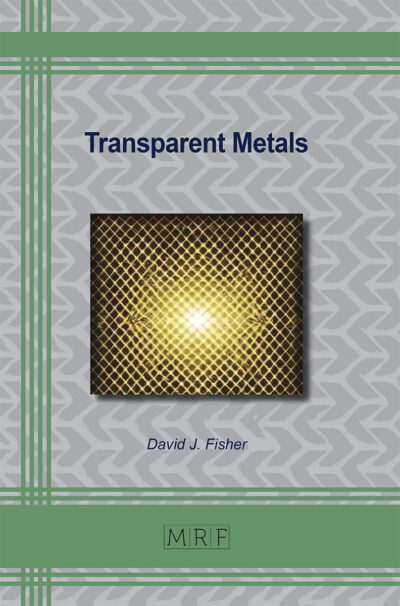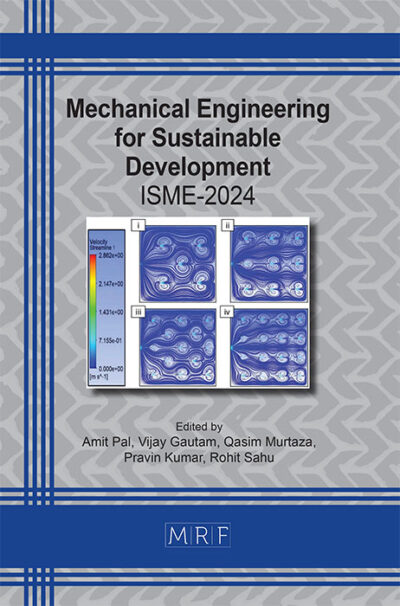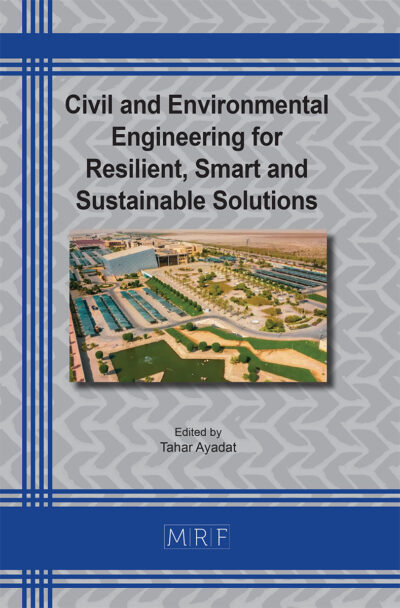Characteristics of compressed stabilized earth blocks for construction in Sudan
Omer AHMED, Abdelrahman A. AWAD, Mohamedelmustafa AHMED, Yousif Hummaida AHMED, Mahmoud AHMED, Abubakr E.S. MUSA, Abbas Abdulalim ABBARA
Abstract. As literature evidence proved that the compressed stabilized earth blocks (CSEB) units are an alternative environmentally friendly and low-cost building material, the objective of this case study is to examine the suitability of selected published guidelines to produce CSEB in Sudan. From two different locations in Omdurman city, two soil samples were collected: one was collected from Halaib zone and denoted by H, while the other was collected from the west bank of the river Nile and denoted by N, which was later modified by adding some sand and denoted by Nm. Several laboratory tests, such as particle size distribution, Atterberg limits, and linear shrinkage were carried out on these soil samples to identify and quantify the stabilizer required. The compaction test was then performed to determine the optimum moisture content. The produced CSEB units were subjected to dry and wet compressive strength test. The results suggest that CSEB units made from H and Nm soils demonstrate adequate strength performance, and thus, the selected guidelines are suitable for CSEB production in Sudan.
Keywords
Compressed Stabilized Earth Blocks (CSEB), Cement Content, Compressive Strength, Linear Shrinkage, Soil Characterization
Published online 2/25/2025, 10 pages
Copyright © 2025 by the author(s)
Published under license by Materials Research Forum LLC., Millersville PA, USA
Citation: Omer AHMED, Abdelrahman A. AWAD, Mohamedelmustafa AHMED, Yousif Hummaida AHMED, Mahmoud AHMED, Abubakr E.S. MUSA, Abbas Abdulalim ABBARA, Characteristics of compressed stabilized earth blocks for construction in Sudan, Materials Research Proceedings, Vol. 48, pp 1187-1196, 2025
DOI: https://doi.org/10.21741/9781644903414-127
The article was published as article 127 of the book Civil and Environmental Engineering for Resilient, Smart and Sustainable Solutions
![]() Content from this work may be used under the terms of the Creative Commons Attribution 3.0 license. Any further distribution of this work must maintain attribution to the author(s) and the title of the work, journal citation and DOI.
Content from this work may be used under the terms of the Creative Commons Attribution 3.0 license. Any further distribution of this work must maintain attribution to the author(s) and the title of the work, journal citation and DOI.
References
[1] Kumar N, Barbato M. Effects of sugarcane bagasse fibers on the properties of compressed and stabilized earth blocks. Constr Build Mater 2022;315:125552. https://doi.org/10.1016/J.CONBUILDMAT.2021.125552
[2] Deboucha S, Hashim R. A review on bricks and stabilized compressed earth blocks. Sci Res Essays 2011;6:499–506. https://doi.org/10.5897/SRE09.356
[3] Tchouateu Kamwa RA, Tome S, Chongouang J, Eguekeng I, Spieß A, Fetzer MNA, et al. Stabilization of compressed earth blocks (CEB) by pozzolana based phosphate geopolymer binder: Physico-mechanical and microstructural investigations. Clean Mater 2022;4:100062. https://doi.org/10.1016/J.CLEMA.2022.100062
[4] Singh S, Chohan JS, Kumar R, Gupta PK. Stability of compressed earth blocks using sugarcane bagasse ash and wheat straw. Mater Today Proc 2022;51:993–7. https://doi.org/10.1016/J.MATPR.2021.07.023
[5] Gandreau D, Delboy L. World heritage inventory of earthen architecture, 2012 2012:288.
[6] Chantit F, El Abbassi FE, Kchikach A. Investigation on the reuse of the sugar co-products (Bagasse, Molasses, and Ash) as industrial wastes in the production of Compressed earth blocks. Mater Today Proc 2022;58:1530–4. https://doi.org/10.1016/J.MATPR.2022.03.295
[7] Labiad Y, Meddah A, Beddar M. Physical and mechanical behavior of cement-stabilized compressed earth blocks reinforced by sisal fibers. Mater Today Proc 2022;53:139–43. https://doi.org/10.1016/J.MATPR.2021.12.446
[8] British Standards Institution. BS 1377-2:1991 Methods of test for soils for civil engineering purposes. Part 2: Classification tests. Br Stand 1991:141–50. https://doi.org/10.1109/tron.1991.213108
[9] Adam E a., Agib ARA. Compressed Stabilized earth Block Manufacturing in Sudan – UNESCO – Technical Note No. 12. Paris: United Nations Educational, Scientific and Cultural Organization; 2001.
[10] Danso H. Suitability of Soil for Earth Construction as Building Material. Adv Civ Eng Technol 2018;2:199–211. https://doi.org/10.31031/acet.2018.02.000540
[11] British Standards Institution. BS 1377-4:1990 Methods of test for soils for civil engineering purposes. Part 4: Compaction-related tests. Br Stand 2015:70.
[12] Malkanthi SN, Wickramasinghe WGS, Perera AADAJ. Use of construction waste to modify soil grading for compressed stabilized earth blocks (CSEB) production. Case Stud Constr Mater 2021;15:e00717. https://doi.org/10.1016/J.CSCM.2021.E00717
[13] Malkanthi SN, Balthazaar N, Perera AADAJ. Lime stabilization for compressed stabilized earth blocks with reduced clay and silt. Case Stud Constr Mater 2020;12:e00326. https://doi.org/10.1016/J.CSCM.2019.E00326
[14] Islam MS, Tausif-E-Elahi null, Shahriar AR, Nahar K, Hossain TR. Strength and Durability Characteristics of Cement-Sand Stabilized Earth Blocks. J Mater Civ Eng 2020;32:04020087. https://doi.org/10.1061/(ASCE)MT.1943-5533.0003176
[15] Bogas JA, Real S, Cruz R, Azevedo B. Mechanical performance and shrinkage of compressed earth blocks stabilised with thermoactivated recycled cement. J Build Eng 2023;79:107892. https://doi.org/10.1016/J.JOBE.2023.107892
[16] COMPRESSED EARTH BLOCKS: MANUAL OF PRODUCTION by Vincent Rigassi, CRATerre-EAG Volume I. Manual of production A Publication of the Deutsches Zentrum für Entwicklungstechnologien-GATE in: Deutsche Gesellschaft für Technische Zusammenarbeit (GTZ) GmbH in coordination with BASIN-1985 n.d.
[17] DOAT P, A H, H H, S M, F V. CONSTRUIRE EN TERRE. 1979.
[18] Kasinikota P, Tripura DD. Predicting the effect of crushed brick particle size on anisotropy, physical and mechanical properties of compressed stabilized earth blocks using ultrasonic pulse velocity. Mater Struct Constr 2021;54:1–20. https://doi.org/10.1617/S11527-021-01712-Y/FIGURES/10
[19] The African Organization for Standardization (ARSO). African Standard WD-ARS 2018.
[20] C. Sekhar D, Nayak S. Utilization of granulated blast furnace slag and cement in the manufacture of compressed stabilized earth blocks. Constr Build Mater 2018;166:531–6. https://doi.org/10.1016/J.CONBUILDMAT.2018.01.125
[21] M. J. Fry, J. J. Cochran, J. W. Ohlmann, and D. R. Anderson, Principles of Foundation Engineering, Ninth Edition, SI Edition. 2019.
[22] Britsih Standard, “Geotechnical investigation and testing-Identification and classification of soil-Part 2: Principles for a classification Incorporating corrigendum,” 2007.












